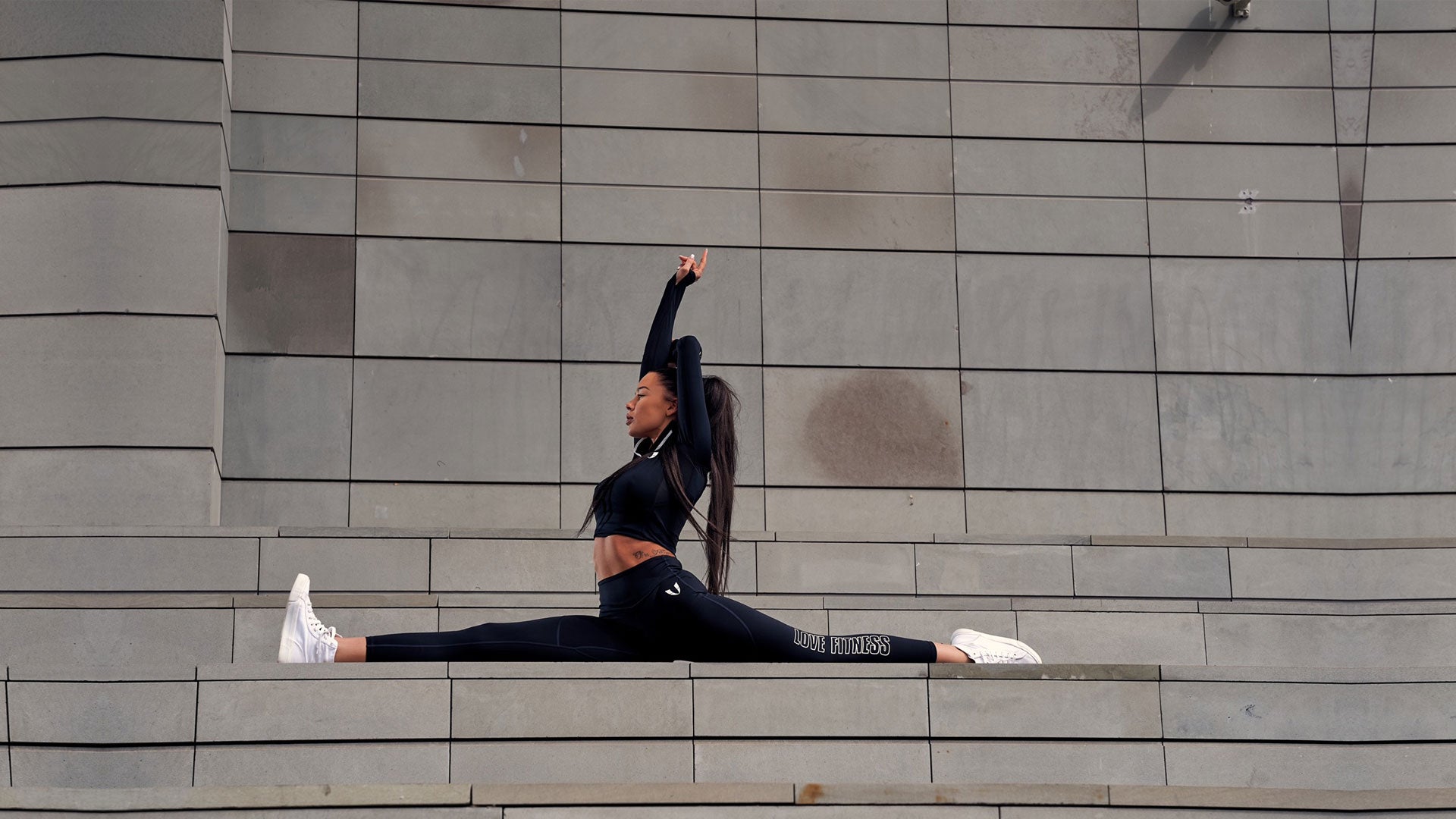
Why do people need personal trainers?
For people looking to enhance their workout program or start a new one, hiring a personal trainer has many advantages. Common fitness goals include losing weight, gaining muscle, improving flexibility, and increasing speed and endurance. Many different ways of training are used to reach these goals, such as cardio training, weight training, and high-intensity interval training. It can be difficult for someone to know which exercises are best suited to their fitness goals, and to know how to perform the exercises correctly. That's where personal trainers come in. They provide motivation, accountability, and a wealth of knowledge. A sculpted physique, creating the perfect look in sportswear, is another benefit of working with a fitness trainer.
What is a Personal Trainer?
A personal fitness trainer creates customized programs and teaches proper exercise technique to help people become fitter. Most trainers are certified, having taken courses that cover topics such as exercise science, anatomy, training principles, how to do physical assessments, and nutrition. A typical personal training session lasts one hour and includes a warm-up, a series of exercises, and a cool-down. The most common setting is in a gym, but the training can also be done in someone's home, at a park, or online. Many clients use the services of a fitness trainer on a weekly basis, while others might book appointments once or twice a month.
Why do people need personal trainers?
New to Fitness Training
There is no manual that everyone can follow for the right training program. For example, suppose someone wants to lose weight but has no experience in the gym or with bodyweight exercises. In researching weight-loss exercise, she reads several books, looks at numerous websites, and watches countless online videos. She learns about hundreds of different exercises that all seem beneficial. How does she decide which ones to do? A fitness trainer can set her up with a program that is tailored to her individual needs and goals.
Going to the gym for sessions with a trainer takes time, but it is ultimately a time-saving measure. A person might spend weeks or months doing the wrong exercises or doing exercises incorrectly before hiring a personal fitness trainer. If the person would have started with a personal trainer right away, it would have saved her a lot of time and she would have been further ahead in her fitness. For people who have busy schedules, they can book sessions with personal trainers at times that are most convenient for them.
Beginners need to learn proper technique to maximize the results of their workouts. If a golfer spends years swinging the club with the wrong grip, it will be difficult to break this habit once she starts taking lessons. In the same way, if a person performs squats or pushups incorrectly for a long duration of time, these habits will be difficult to change once she starts working with a trainer. Personal trainers demonstrate exercises for clients and provide on-the-spot corrections.
Learning proper form also helps prevent injury. For example, when the weight is placed on the toes instead of the heels for squats, this places stress on the knees. When the elbows flare out in pushups, this puts strain on the shoulders. A person who is new to gym training may not know how to operate certain machines and how to handle equipment. A gym trainer can assist with that, in addition to being a spotter for exercises that involve taking a bar off a rack and placing it back on the rack (for example, bench press, front squats, and back squats) and for exercises that involve lifting heavy weights.
Structured Workouts
People who need help structuring their workouts can benefit from a personal trainer. A client is able to understand how often she should exercise per week, how long those workouts should be, and how many reps and sets to perform for each exercise when she hires a trainer. A balanced fitness program includes cardio training and strength-training exercises that target the arms, shoulders, chest, back, abs, hips, glutes, quads, hamstrings, and calves. To cover all of these areas, a personal trainer will set up a program for a client that specifies how many separate cardio, leg, core, and upper body workouts to do per week, or whether they will be full-body workouts that encompass all of these areas.

A client can learn from a trainer the proper order to perform exercises in a workout based on her fitness goals. That might involve first doing compound exercises that work multiple muscle groups while the body is still fresh (such as squats and deadlifts), followed by isolation exercises such as bicep curls and calf raises, and then finishing the workout with a treadmill run.
When a client books a shorter session (such as 30 minutes long) with a personal trainer, the trainer may set up a high-intensity interval training (HIIT) workout for her to maximize the time. This involves short but intense bursts of energy, followed by short periods of rest. The client is able to pack in a lot of different exercises with this style of training.
A client may only see a trainer for one hour per week, but that doesn't mean she has to figure things out on her own the rest of the week. The trainer can set her up with a plan that covers exercises to perform at home, and activities that can be enjoyed with friends and family that improve fitness (such as biking and rowing). As a client increases her fitness knowledge by working with a personal trainer, she'll be motivated to do more learning on her own.
Specific Training
Some people work with personal trainers to improve overall fitness, while others hire trainers to strengthen certain muscle groups or to enhance performance in certain activities. A client who wants to target her glutes will be set up with different exercises than someone who wants to target her shoulders. A person training to run a marathon will be given a much different fitness program than someone who wants to get into bodybuilding. A client who is recovering from an injury will follow a specific program to gradually build up strength.
Trainers are skilled at recognizing what exercises a client needs to achieve her specific goals. Workouts might focus on bodyweight exercises, or the use of machines or weights depending on the areas the client wants to target.
Better Results
When a person is working out on her own and not getting the results she wants, it may be time to hire a personal trainer. She might be performing exercises incorrectly, or choosing the wrong type of exercises to support her fitness goals. Personal trainers are qualified to adjust and revamp fitness programs so that clients start seeing results.
A personal fitness trainer can provide motivation, which helps the client see results. When a person works out on her own, it can be easy to skip a workout when she feels tired or gets busy doing something else. However, when a session is booked with a trainer and money is paid for the session, she will make sure to show up. The encouragement that a trainer provides can be motivating when she gets to the final seconds of a plank or the last few reps of a set up pushups.
A trainer provides accountability, which can help the client achieve better results. Wanting to perform well for the trainer helps the client push herself harder in workouts even when the trainer isn't around. For example, the trainer may ask the client to work on certain things outside of their training sessions. The client knows that if she doesn't follow through on those commitments, the trainer will pick up on it during their sessions.
Creative Workouts
People sometimes abandon a fitness program due to boredom or a lack of creativity with their exercises. A personal trainer can evaluate a client's program, and add variety to keep workouts fresh and interesting. For example, suppose someone has a routine of going for a run in the morning, and then doing a workout in the evening consisting of squats, pushups, crunches, and planking. These are all great exercises, but it can be repetitive if that's all that is done. The above workout can be altered by a trainer to include: sprints up a hill (or substituting running for cycling or swimming), squats with a resistance band, pushups on a BOSU Balance Trainer, crunches with a medicine ball held high, and plank kickbacks.
Trainers make use of equipment such as kettlebells, balance boards, and stability balls in sessions with clients. By performing exercises in different ways, the client works their muscles from different angles and with various levels of resistance. This enhances fitness and makes the workouts more enjoyable.
Justifying the Financial Costs
It can be expensive to work with a personal trainer on a regular basis, but the costs are well worth it. When people become fitter, they reduce their risk of disease, improve their mood and concentration, and enjoy more success in many areas (such as work, studies, and relationships). Hiring a personal trainer is an investment in good health.



Leave a comment
This site is protected by hCaptcha and the hCaptcha Privacy Policy and Terms of Service apply.